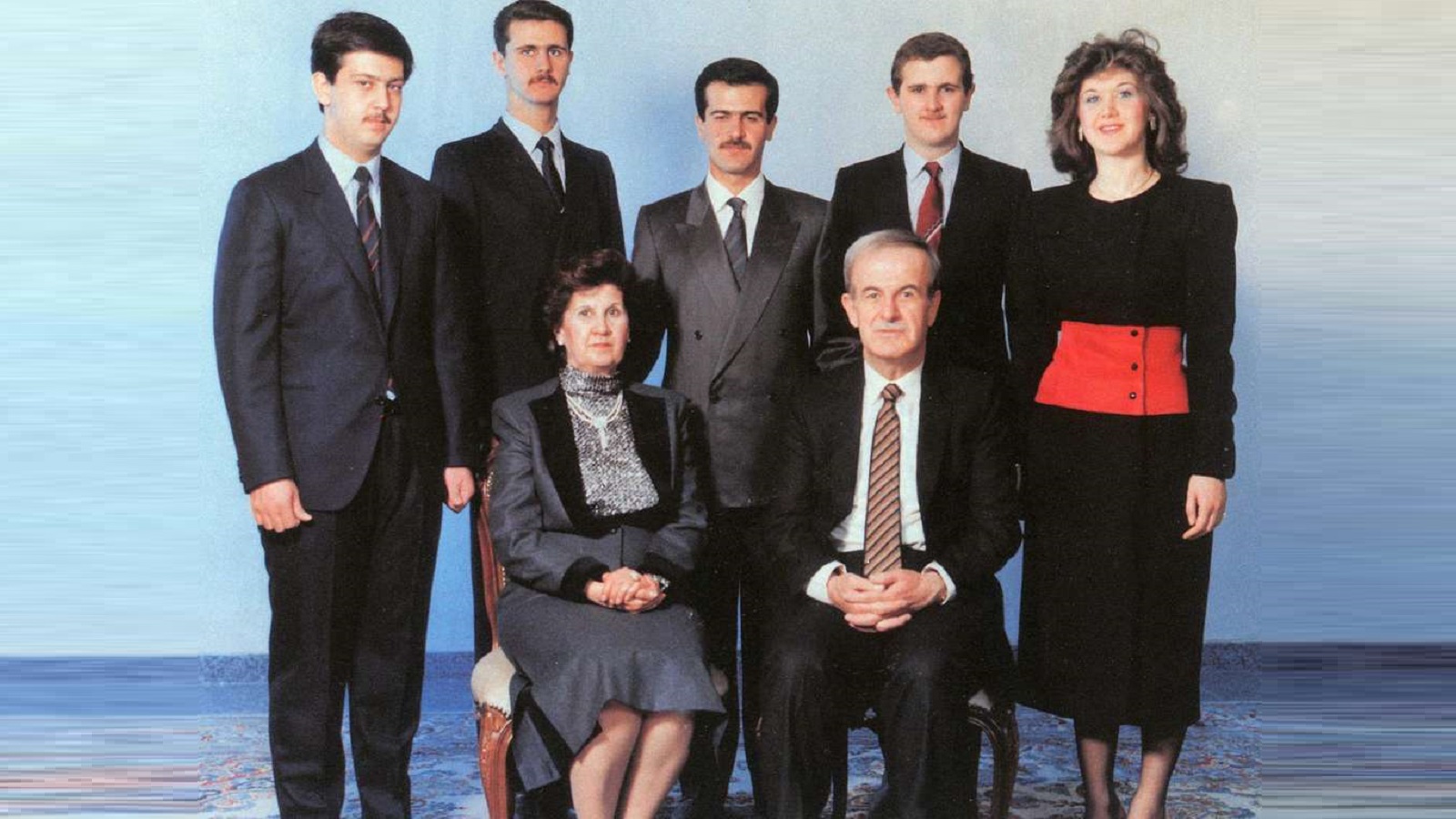Bashar’s Relationships That Killed Him
Asharq Al-Awsat, London, December 27
In my previous article, I explored the intricacies of Tehran’s relationship with Bashar Assad, a bond once deemed unshakeable. This alliance preserved Assad’s regime in 2014, only to falter a decade later. In the twilight of his life, Hafez Assad made the momentous decision in March 2000 to engage in talks with Israel. He aimed to resolve outstanding issues before passing power to Bashar. Despite his health challenges, Hafez traveled to Geneva, where he engaged in negotiations with Israeli Prime Minister Ehud Barak, mediated by US President Bill Clinton. The proposed agreement involved the return of the occupied Golan Heights without addressing the prospect of a Palestinian state. While Israelis were aware of Bashar’s grooming for leadership, they remained skeptical of his ascendancy amidst internal power struggles. Hafez passed away 10 weeks after the Geneva summit. Bashar only resumed peace talks after the eruption of protests against him in 2011. Throughout, [Israeli Prime Minister Benjamin] Netanyahu harbored doubts about Bashar’s willingness or ability to sever ties with Tehran and Hezbollah, ultimately leading to a rejection of further negotiations. A key factor sustaining Hafez Assad’s regime was his adeptness in managing foreign relations with adversaries. Following the defeat of 1973, he avoided direct confrontations with Israel, whereas Bashar’s alliance with the Revolutionary Guards rendered Syria a target for inevitable destruction. Why did Hafez, despite his covert coordination with Israel, abstain from signing a peace treaty? According to his close associate, the late Abdul Halim Khaddam, Hafez feared the narrative that an Alawite minority had brokered peace with an adversary. As for his engagements in Lebanon, Syria abstained from attacking Israel over a 30-year period, focusing instead on curbing the activities of Palestinian factions and, to a lesser extent, Hezbollah. This dynamic shifted under Bashar, who escalated regional tensions. The senior Assad’s strategy was to control Lebanon as long as the Golan remained occupied, using this position as leverage with Arab nations and playing mediator in the crisis of Western hostages. In line with his policy of approaching potential crises without igniting them, Hafez initially offered refuge to Turkey’s Kurds but ceased this support and indirectly surrendered their leader in response to Ankara’s threats. Hafez’s relationship with Iran was multifaceted and strategic. He leveraged Tehran as a counterbalance against [Iraqi President] Saddam Hussein’s regime to safeguard Damascus from being toppled. Furthermore, he used Tehran to bolster his standing with Riyadh, frequently mediating to de-escalate tensions with Iran. Following the 1996 Khobar Towers bombing, an attack on part of a housing complex in the Saudi city of Khobar, Hafez handed over some fugitives found hiding in Damascus, while aiding the escape of the plot’s leader to Tehran. In trying to decipher this relationship, Khaddam elucidated Hafez Assad’s cautious approach to Iran. When [then-Speaker of the Iranian Parliament Akbar Hashemi] Rafsanjani approached him in 1985, seeking support in the war against Iraq, Assad was cautious. Rafsanjani pitched the alliance by promising Syria enhanced status in relation to Turkey, Israel, and Iraq if Saddam was defeated. Assad, however, remained wary of entrenching alliances amidst the region’s shifting sands. Bashar Assad’s downfall is partly attributed to his mishandling of foreign policy, particularly his Iranian alliance. Despite Hafez’s close ties with [Iranian Supreme Leader Ruhollah] Khomeini’s regime and recognizing its significance, he abstained from Iraq’s conflict but discreetly sold Iran Scud missiles, much like Israel and Libya did. In contrast, early in his leadership, Bashar suggested a pivot towards the West, distancing from Moscow and Tehran. Initially, this shift excited nations, including Saudi Arabia, Spain, France, and the United States, but they soon became dismayed. With the beginning of his Iranian alliance, Bashar aimed to dominate Lebanese politics by orchestrating the assassination of [former Lebanese Prime Minister] Rafic Hariri and several leaders, paving the way for Hezbollah to emerge as the reigning force in Lebanon following the withdrawal of Syrian troops. Subsequently, Bashar audaciously opened his southern borders to armed factions to destabilize the new US-protected government in Baghdad. This move justified Jordan and Turkey’s decision to open their borders to Syrian rebels in 2012, ultimately contributing to the regime’s demise. Understanding these alliances within the regional context requires recognizing Hafez’s strategic relationship with Tehran as a key player, and Bashar’s subsequent involvement in its conflicts in Lebanon and Iraq. According to Khaddam, Bashar made a decisive move toward complete alignment with Tehran in 2011. However, as I previously mentioned, Bashar had been embroiled in Tehran’s conflicts long before then. Whether Bashar’s ascension to power was significantly bolstered by extraordinary support from Tehran, compelling him to act as a proxy akin to Hezbollah, remains a subject known by few between 2000 and 2024. —Abdulrahman Al-Rashed (translated by Asaf Zilberfarb)
This holiday season, give to:
Truth and understanding
The Media Line's intrepid correspondents are in Israel, Gaza, Lebanon, Syria and Pakistan providing first-person reporting.
They all said they cover it.
We see it.
We report with just one agenda: the truth.



